(844 products available)








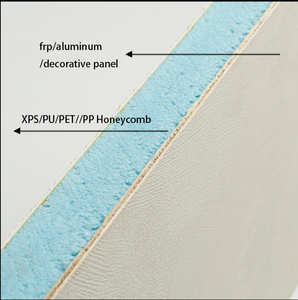
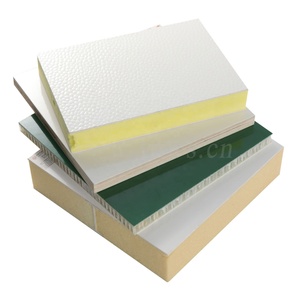
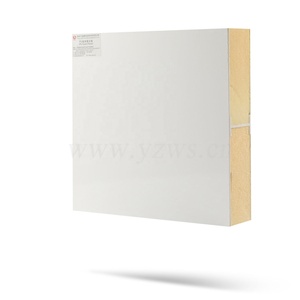



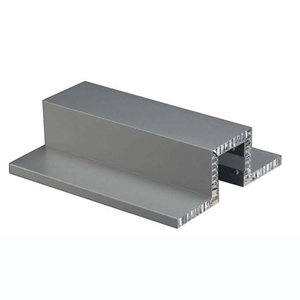


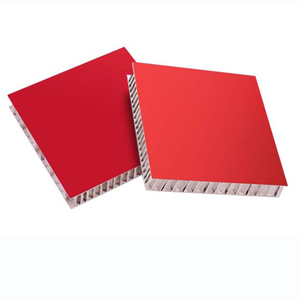


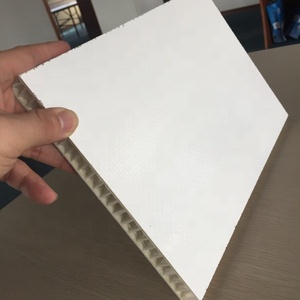











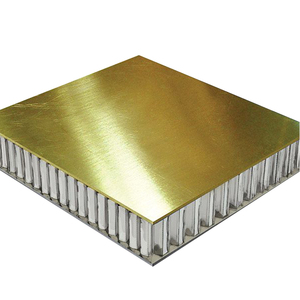


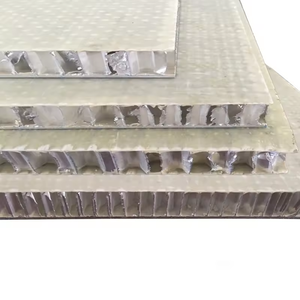

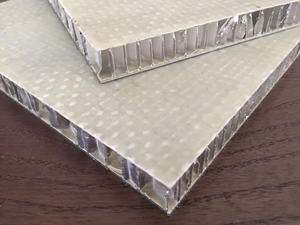















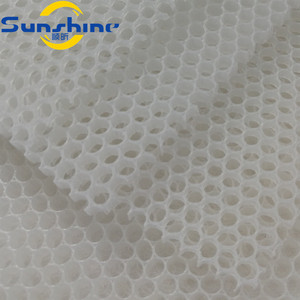


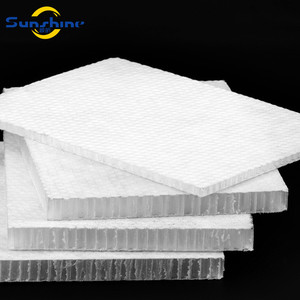



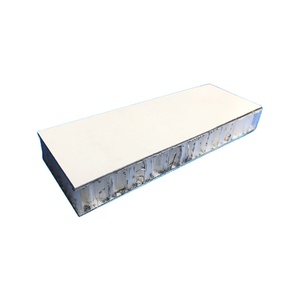
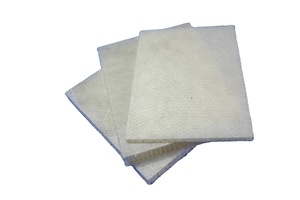








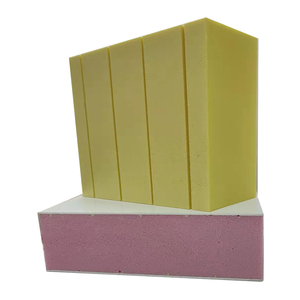
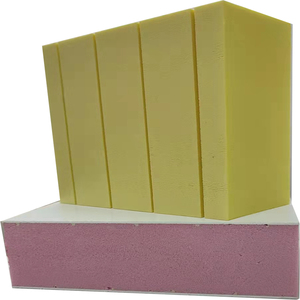
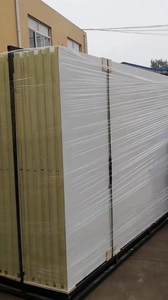

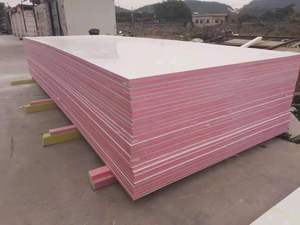

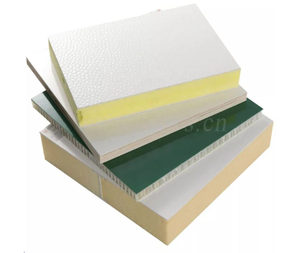

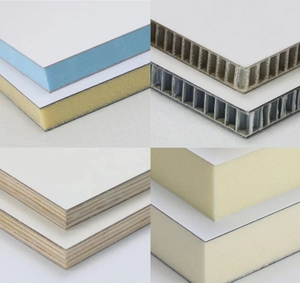







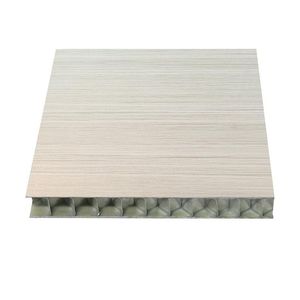
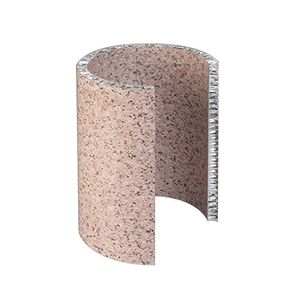



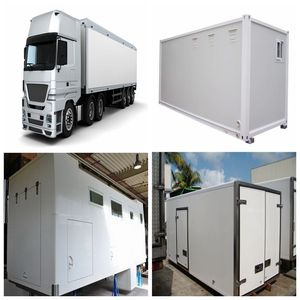

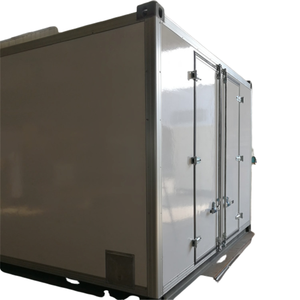

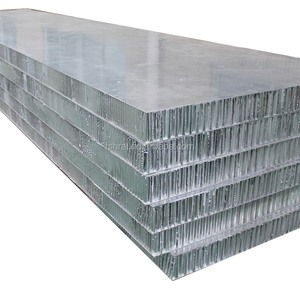



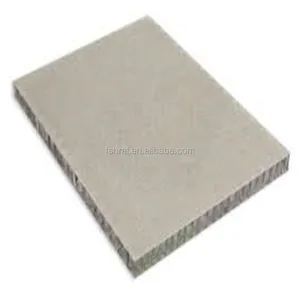

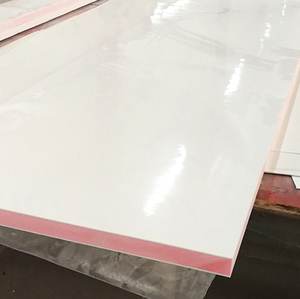
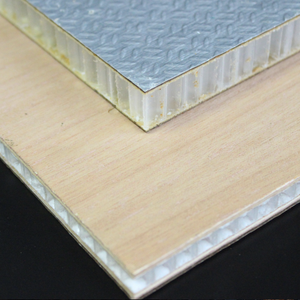


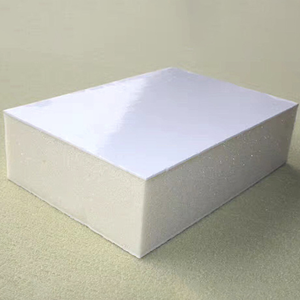






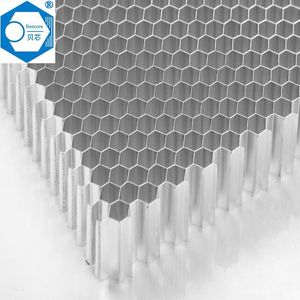




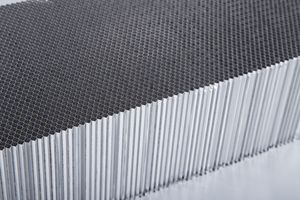

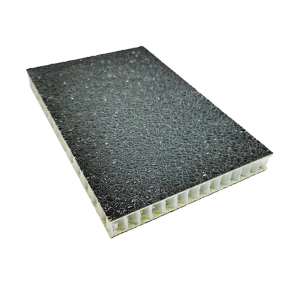




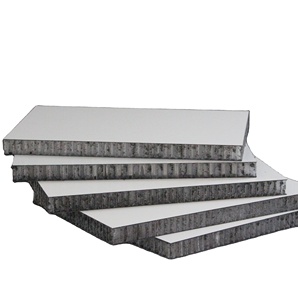







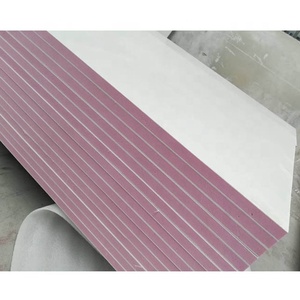




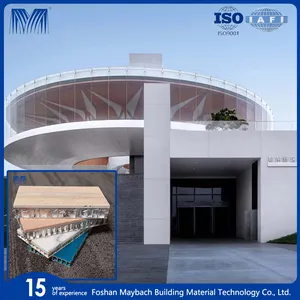
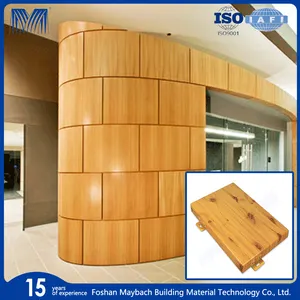
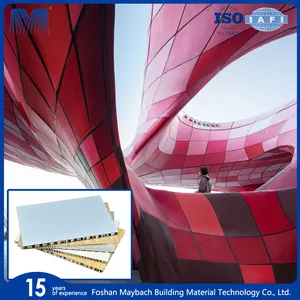


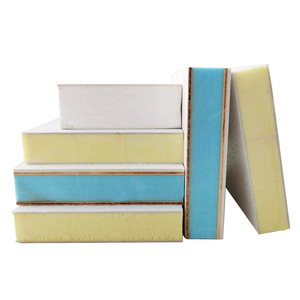
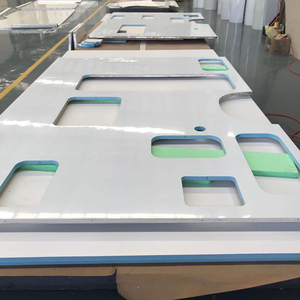

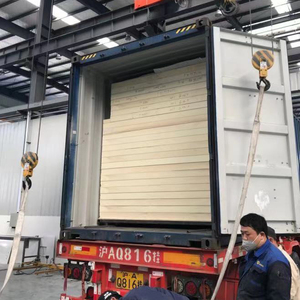
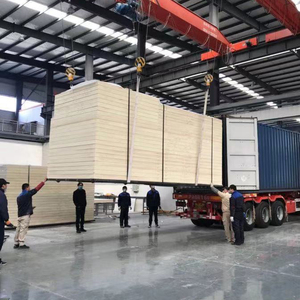



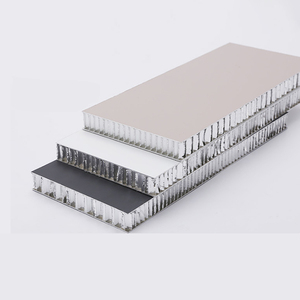

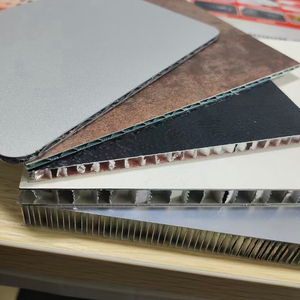


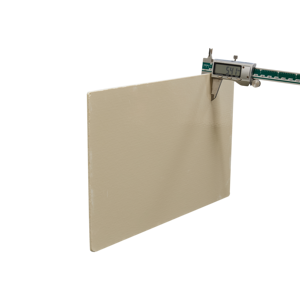





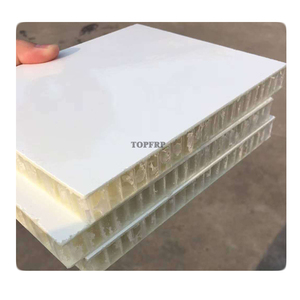

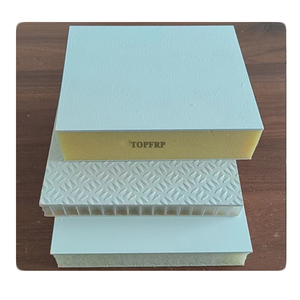


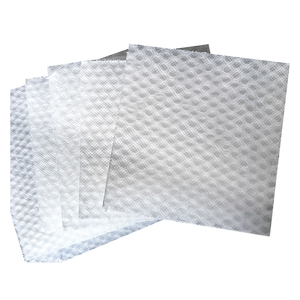


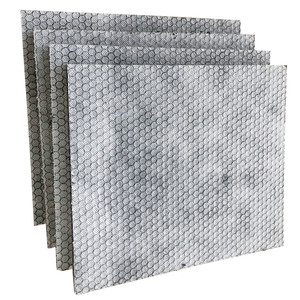
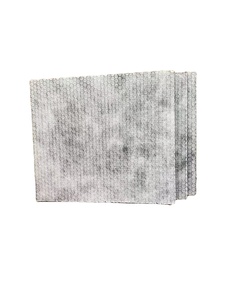
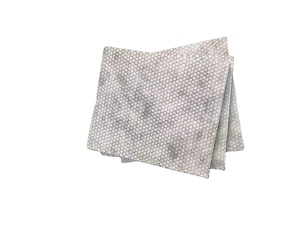



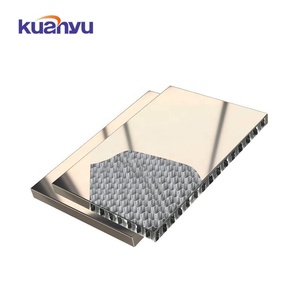
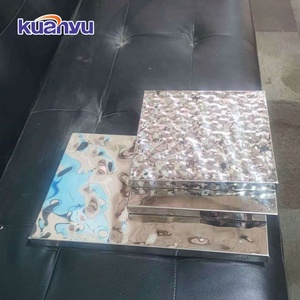
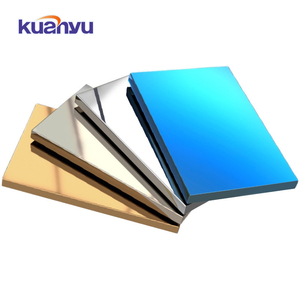

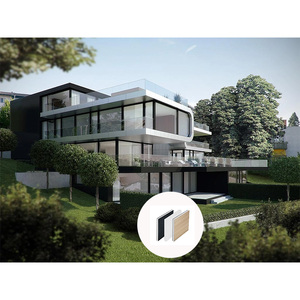



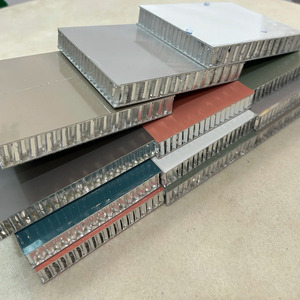
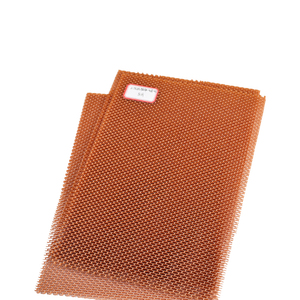


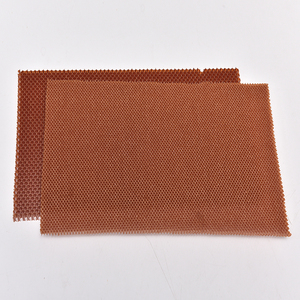
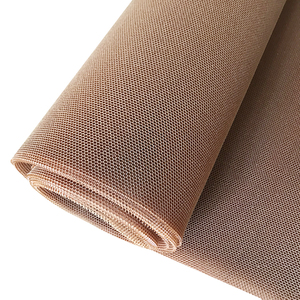
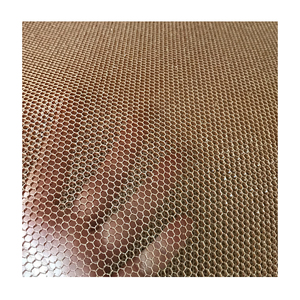







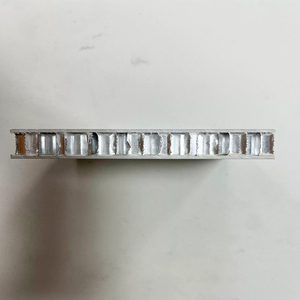
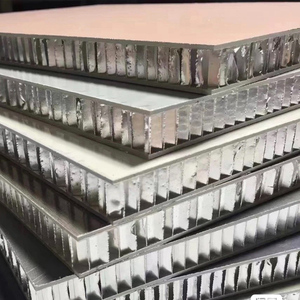
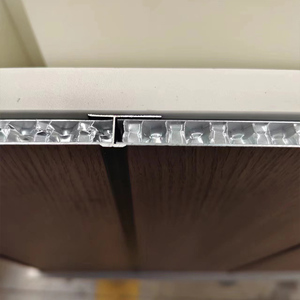
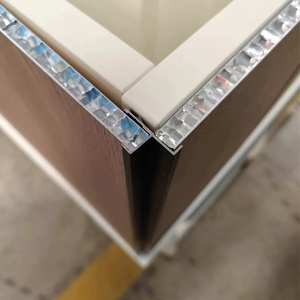


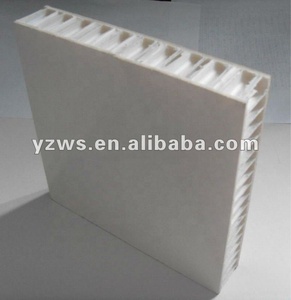




FRP honeycomb core panels are composite materials widely used in various industries. They offer lightweight, high-strength solutions for applications requiring structural integrity and durability. The panels consist of a honeycomb core, usually made of cardboard or polymer, sandwiched between two skins of fiber-reinforced plastic (FRP). The core acts as a spacer, maintaining the distance between the skins and providing structural support. Here are some of the core types:
Aluminum Honeycomb Core
The aluminum honeycomb core is a popular choice for FRP panels that must provide high strength and structural stability. The core's honeycomb structure is formed using aluminum sheets, which are then cut into hexagonal shapes and expanded using a chemical agent. The aluminum cells are then coated with resin to improve adhesion and then dried. The aluminum core is then assembled into a panel by bonding it with FRP skins using epoxy resin.
Paper Honeycomb Core
This is another common type of honeycomb core used in FRP panels. It is lightweight and cost-effective. The core is constructed from paper or cardboard that is formed into a honeycomb structure. The paper cells are then infused with phenolic resin to improve strength and stability. The paper honeycomb core is then bonded to FRP skins using epoxy resin.
Polymer Honeycomb Core
These honeycomb cores are made from various polymer materials, such as PVC or polycarbonate. The core materials are usually light and have a high impact. The polymer honeycomb core is constructed in a manner similar to the paper honeycomb core. The polymer cells are first formed into a honeycomb structure and then infused with resin to improve strength and stability.
Foam Core
This is a non-honeycomb core type. The foam core is made from materials like urethane or PVC foam. It provides good thermal insulation and is usually used in applications where weight reduction is more important than structural strength. The foam core is constructed by forming the foam into a honeycomb structure without any voids or spaces. The foam cells are then infused with resin to improve strength and stability.
FRP honeycomb core panels are lightweight, high-strength composite panels that use a honeycomb structure as a core. This core typically consists of materials like cardboard, thermoplastic, or other lightweight materials arranged in a honeycomb pattern. The honeycomb core is sandwiched between two face sheets made of fiberglass-reinforced plastic (FRP). The combination of the honeycomb core and FRP face sheets results in a panel with enhanced strength, rigidity, and lightweight properties.
Functions:
Features:
FRP panels are widely used in applications where lightweight, high strength, and durability are required. Here are some common scenarios:
Transportation:
FRP panels are used for truck bodies, trailers, and railcars. The honeycomb core construction reduces weight while maintaining structural integrity. This leads to increased payload capacity and improved fuel efficiency. Additionally, the smooth, non-porous surface of the FRP panels is easy to clean and protects the cargo from moisture and UV radiation.
Aerospace:
Honeycomb core FRP panels are used in the aerospace industry for aircraft structures such as fuselage shells, wings, and tail components. These panels provide high strength-to-weight ratios, reducing aircraft weight and improving fuel efficiency. Their structural stability and resistance to environmental degradation are essential for reliable aircraft performance.
Building and construction:
FRP panels are used as curtain walls, roofs, and interior partitions in the construction industry. They provide high insulating values, reducing energy costs. The panels' smooth surface is easy to clean, making them suitable for hygienic environments such as hospitals and food processing facilities. Their resistance to moisture, mold, and mildew is beneficial in high-humidity areas such as showers and saunas.
Marine:
FRP panels are widely used in the marine industry. They are used for boat hulls, decks, and superstructures. The panels' lightweight nature increases the speed and efficiency of the vessel. Their resistance to water, salt, and UV radiation reduces the maintenance required, increasing the vessel's lifespan. Additionally, the smooth surface of the panels reduces water friction, improving the vessel's fuel efficiency.
Recreational vehicles (RVs) and trailers:
FRP panels are used in the construction of walls, roofs, and floors of RVs and trailers. Their lightweight nature increases the fuel efficiency of tow vehicles. Additionally, honeycomb core construction provides insulation, reducing heating and cooling costs. The durable, smooth surface is easy to clean and resistant to dents and scratches.
Assessing Load-Bearing Needs
Consider the panel's intended use and the loads it must sustain. Structural stability is critical for applications like flooring. Consult an engineer to determine the optimal core density and thickness for your load requirements. A stronger core will distribute weight more evenly and prevent sagging or breaking.
Evaluating Environmental Elements
Think about the panel's exposure to weather, water, and chemicals. If it will see lots of moisture, choose an FRP panel with a waterproof core, like polycarbonate honeycomb panels. For sunny outdoor uses, pick a UV-resistant exterior. Consider a fire-rated core if high heat or flames are a risk.
Weighing Cost Against Quality
FRP panels come in various prices and quality levels. While it's tempting to pick the cheapest option, focus on long-term value instead of upfront costs. A well-made panel may cost more initially but will last longer and need fewer repairs. Read reviews and pick a reputable manufacturer who balances quality and cost.
Considering Ease of Installation
Complex panels may lead to extra labor costs. Simple designs, like standard-sized, lightweight options with clear installation directions, will go up easily. If the project allows for it, choose panels that your crew can handle without special tools or training. This will keep the installation process smooth and economical.
Examining Aesthetics
The panel's appearance should fit the project's visual goals. For attractive interiors, choose a material with a pleasant surface, like metal for walls or ceilings. Consider colors, textures, and patterns.
Q: What is the core in a composite panel?
A: The core of a composite panel is the middle layer that provides strength and stability. It is sandwiched between two outer layers, also known as skins. The skins are usually made of fiberglass, aluminum, or other materials. The core can be honeycomb, foam, or solid. Honeycomb cores are made in a hexagonal shape that resembles a bee's honeycomb. The foam core is made of lightweight foam material. The solid core is made of plywood or other solid materials.
Q: What is a FRP panel?
A: An FRP (fiberglass reinforced plastic) panel is a lightweight and durable panel often used for walls and ceilings. It is made by combining fiberglass reinforcement with plastic.
Q: What are honeycomb core panels used for?
A: Honeycomb core panels are widely used in construction and transportation industries. They are used in building interior and exterior walls, roofs, and floors. They are also used in aircraft wings and fuselage, truck bodies, and trailers.
Q: What are core sandwich panels?
A: Core sandwich panels are similar to honeycomb panels. They are also called core sandwich panels because they have a ''sandwich'' construction. It consists of two thin skins surrounding a thicker core. The skins are made of strong, rigid materials like metals or composites. The core material can be foam, honeycomb, or paper.
Q: What is a core panel?
A: A core panel is a structural building panel with a core of polystyrene, polyurethane, or honeycomb cardboard sandwiched between two metal skins. It is used for doors, refrigerator boxes, and trailers.